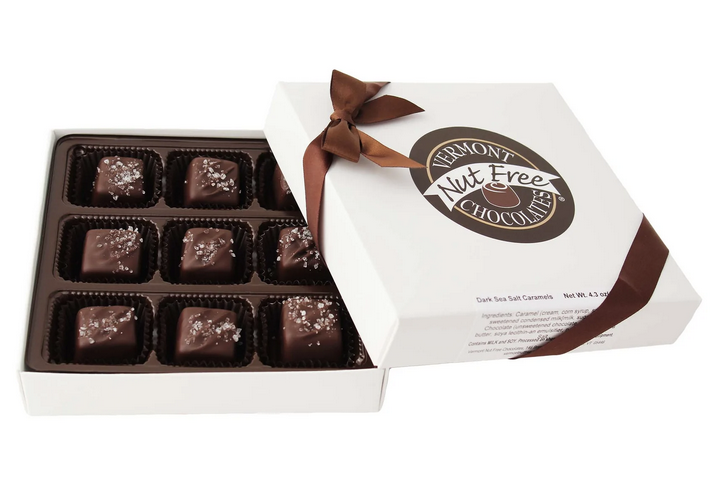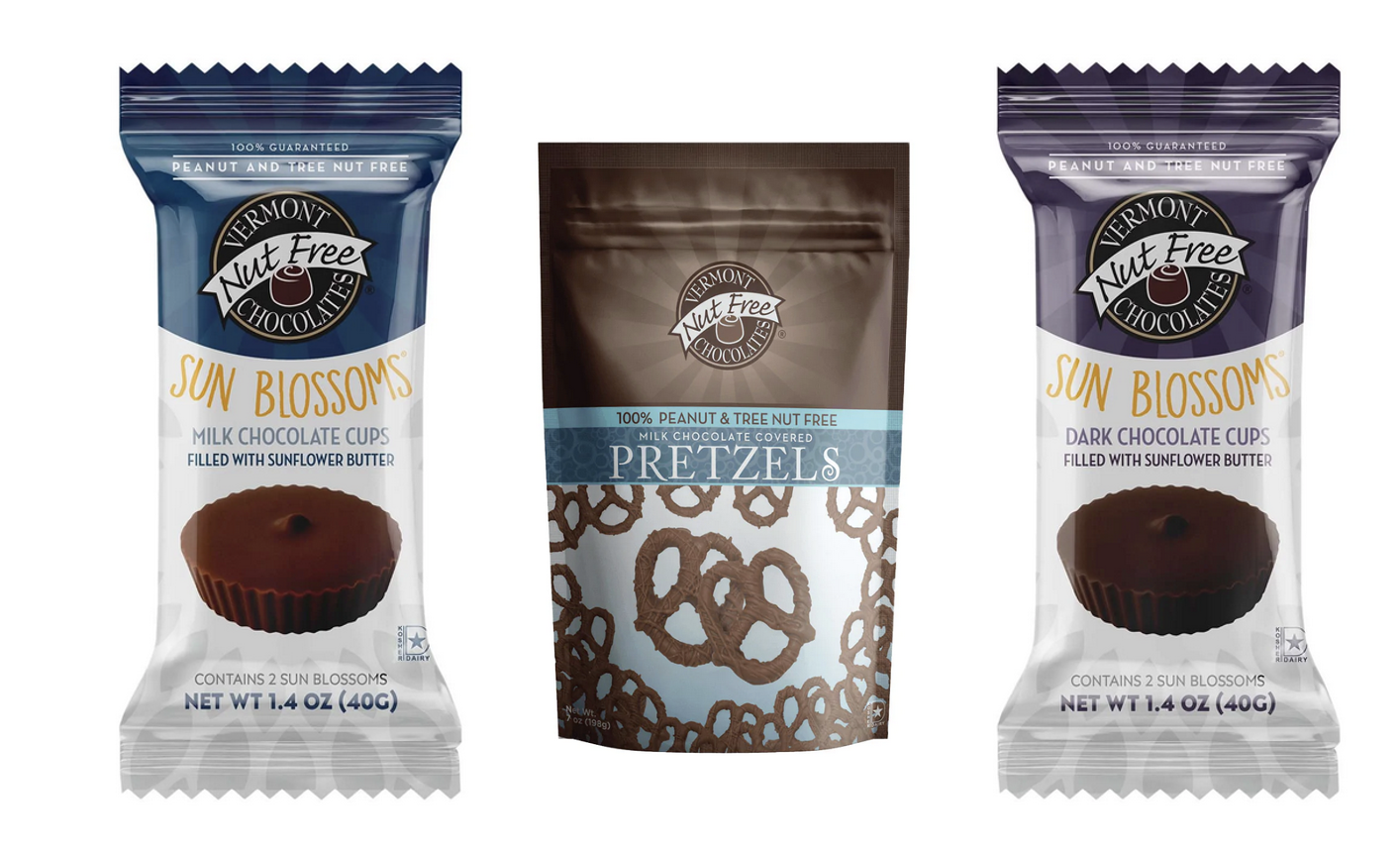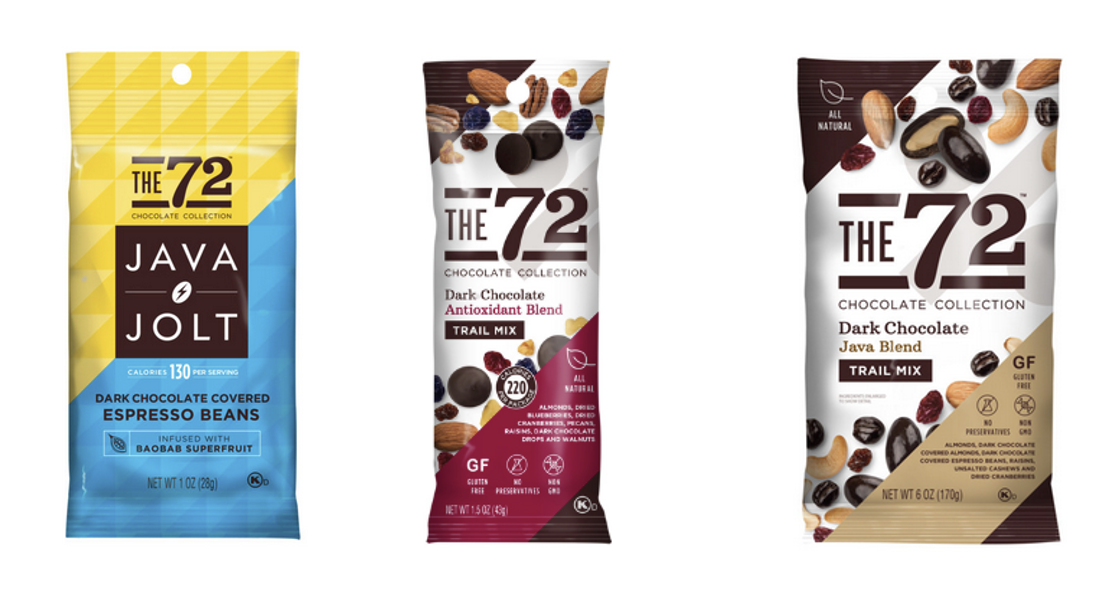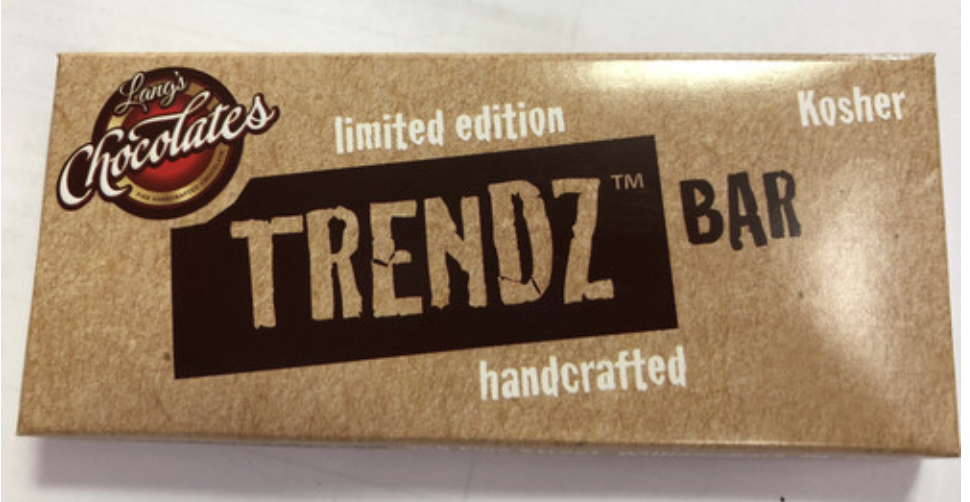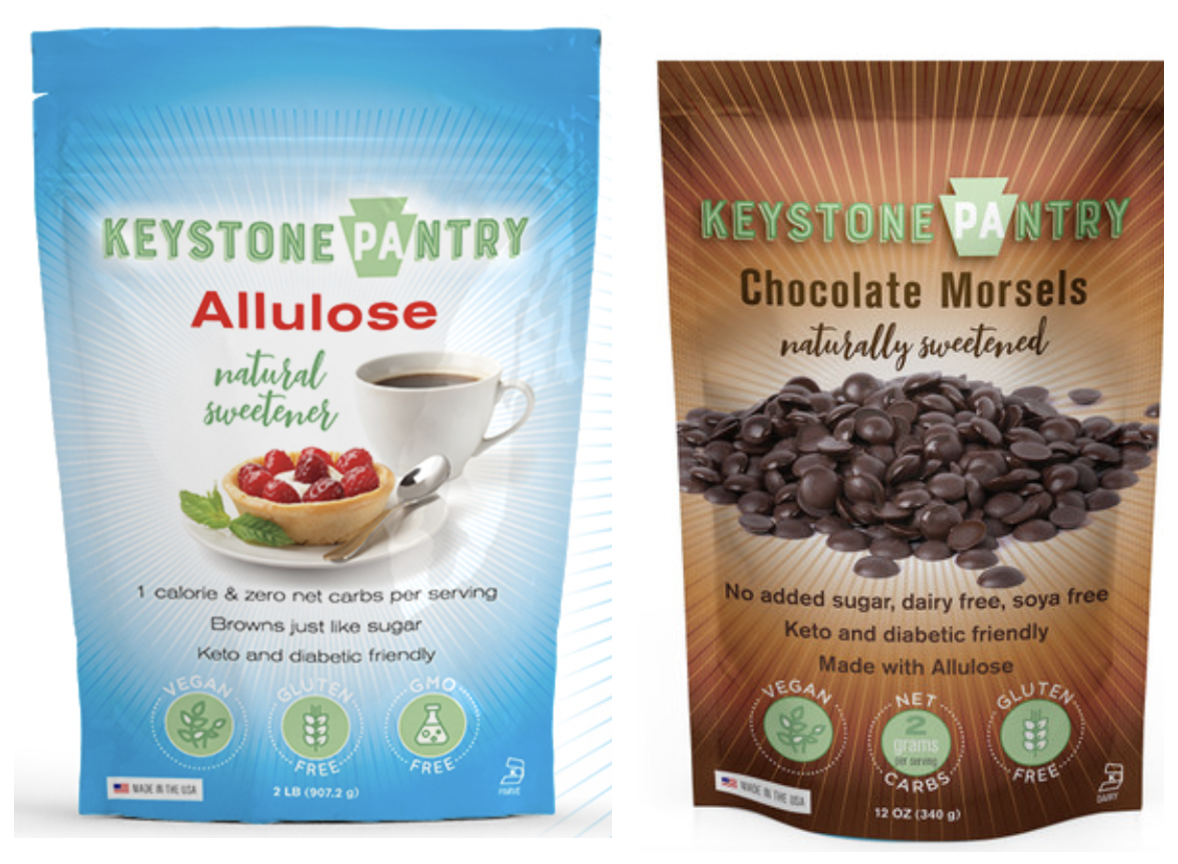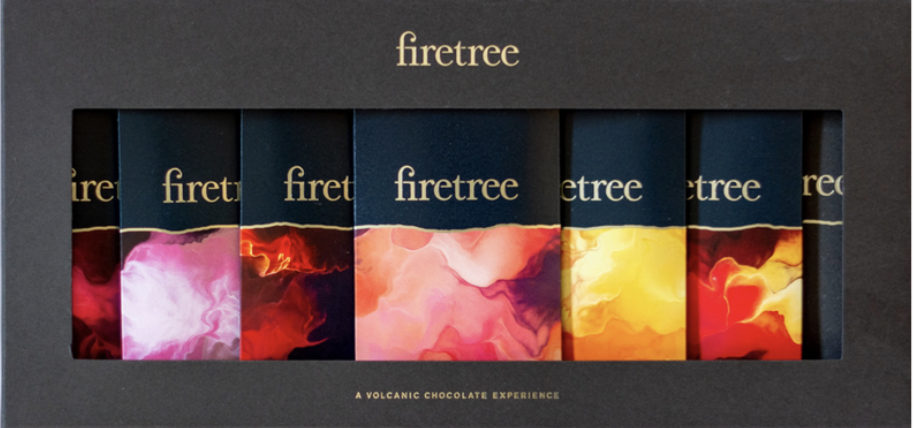Cocao – Why Chocolate Is Healthy
Chocoholics unite! Once referred to by the Maya people as the food of the gods. Chocolate comes from the seeds of the cacao pod. In its purest form, as dark chocolate, it is parve and provides the most health benefits. Cocoa holds the health benefits and taste profile we associate with chocolate. The higher the presence of cocoa solids the richer the flavor.
The manufacturing of milk chocolates has changed our palates, and we have grown to associate chocolate with milk chocolate and crave its sugar. It’s time to discover the rich satisfying taste profiles of dark chocolates. Introducing Firetree certified by the KLBD, Lang’s Trendz certified by Kuf K, Vermont Nut Free Chocolate certified by Star-D Kosher, and The 72 Chocolate Collection certified by the OK.
How Chocolate is Made
As a child, I went to Hershey Pennsylvania where I heard the story of how chocolate is made. The process begins by harvesting seeds from the cacao tree which is fermented developing richness and reducing the bitterness. Then they are dried, cleaned, and roasted. Roasting browns the cocoa beans and develops their flavor. During the roasting process, the shell is separated from the bean kernel.
The beans are cracked, which produces cacao nibs. Nibs are ground (in a process called milling) that produces chocolate liquor, or cocoa mass. Cocoa liquor is not alcoholic. It is a deep, dark brown color liquid that flows from the bean, with a powerful aroma and a rich, bitter taste. The liquor can be further separated into cocoa butter and solids, which is where the minerals are.
Chocolate liquor is blended with cocoa butter in various quantities to make different types of chocolate. The cocoa mass goes through a rolling process that melts and distributes the cocoa butter, developing the smooth creamy mouth feel. Lastly, rollers and paddles kneed the chocolate to the desired texture, called ‘conching.’ This is when additional ingredients are added, including sugar and milk for milk chocolate.
Tastes And Preferences
There are three main varieties of chocolate. White chocolate is cocoa butter combined with sugar, milk, and vanilla. Milk chocolate adds milk to the cocoa liquor, sugar, and cocoa butter, while dark chocolate omits the milk. Dark chocolate is classified based on the concentration of cocoa. Starting with unsweetened 100% cocoa, typically used for cooking, and followed by brute which is above 85% cocoa. Toward the sweeter side, bittersweet ranges from 84% – 35% cocoa, followed by semi-sweet which ranges from 35% – 15% cocoa.
Individual taste preferences dictate which brand, and chocolate you find most appealing. Don’t let your sweet tooth hold you back from sampling darker chocolates. Like a fine wine, allow the complex flavors to come out as the chocolate melts in your mouth. The strong flavor of dark chocolate can be off-putting initially. You can acquire an appreciation of dark chocolate by working your way up slowly, sampling cholate with higher percentages of cocoa.
Health Benefits of Cocoa
Cocoa powder is nutrient-rich, containing magnesium, zinc, iron, phosphorus, and copper. It is a source of antioxidants and flavonoids, polyphenolic compounds associated with feelings of pleasure and enjoyment. They protect your cells from inflammation, improve brain function, and boost immunity. Cocoa also contains theobromine which has an effect similar to caffeine boosting energy. Dark chocolate is high in fiber with approximately 4 grams of fiber per ounce.
Cocoa levels above 70% are recommended as being healthier, but, as you will see, there are offerings across the spectrum. Moderation is key. Eating only one or two squares at a time is recommended. In other words, healthy snacking does not mean consuming an entire bar.
Taste the Difference
We selected four premium products across the spectrum of tastes, and cocoa levels, beginning with the sweetest, and more traditional tastes, and progressing to offerings with higher cocoa content.
Vermont Nut Free Chocolate – certified by Star-D Kosher is available online
Envisioned in 1998 to produce quality chocolates that are safe for those with tree nut and peanut allergies. Their mission began when founders Gail and Mark Elvidge learned their son Tanner had a serious peanut allergy. They began to understand how difficult it was to find nut-free chocolate. Even when the chocolate was pure, the factories were not, which presented a problem from cross-contamination. Their solution was hand-making chocolate in their Vermont house.
Now Vermont Nut Free has a factory with 30 dedicated employees. Their chocolates are still handmade and hand-wrapped, the old-fashioned way, in small batches.
We found a definite taste difference between mass-produced chocolates and handmade Vermont Nut Free Chocolate, which was less sugary. We sampled the chocolate-covered pretzels, dark chocolate-covered caramel with sea salt, and the Sun Blossom. We were pleased with the quality and consistency. Sweet, but not a sugar overload.
Our favorite was the Sun Blossom, a creamy sunflower butter center surrounded by rich smooth chocolate, the dark chocolate. We found sunflower butter was pleasant without being sugary. Chocolate-covered pretzels surround a rich pretzel center, which has a character and texture of its own.
For anyone who has dealt with nut allergies, Vermont Nut Free Chocolate introduces a level of normalcy, with a refreshingly high-quality treat. They open a world of chocolate possibilities for nut allergy sufferers and kosher consumers alike. Their options range the spectrum from casual regular chocolate covered with a shell, reminiscent of M&Ms to exotic, elegant, personalized, made-to-order chocolate designs. Vermont Nut Free Chocolate can be purchased online, with milk and dark chocolate options available, there is something for every chocolate lover.
The 72 Chocolate Collection – certified by the OK is available online and in stores
The 72 Chocolate Collection is vegan, gluten-free, and dairy. As their name suggests, their products are 72% dark chocolate. Their center combines the superfruit baobab paired with natural fruits such as strawberry and pomegranate. Other flavors include caramel, peach mango, and elderberry. The inclusion of baobab differentiates The 72 Chocolate Collection’s offerings.
Baobab comes from the baobab tree (Adansonia, baobab) which is native to Australia, the Middle East, and parts of Africa. It is a source of vitamin C, potassium, and phosphorous, along with anti-inflammatory and antiviral properties.
The 72 Chocolate Collection pairs baobab with fruit creating a chocolate-covered ball rather than a bar. The elderberry baobab – has a center that combines apple juice concentrate, apple puree, elderberry juice, baobab fruit pull, and rice flour, surrounded by dark chocolate. We were delighted by a wide array of recognizable ingredients. A single package (1.5-ounce serving) contains 190 calories, 2% DV calcium, 6% iron, and 8% potassium. We enjoyed the sweet fruit centers, surrounded by a 72% dark chocolate coating.
Our favorite was the 72% Java Dark Chocolate Covered Expresso Beans – appropriately named Jolt. Jolt uses baobab powder. Each package contains 15% iron and 2 grams of protein, and packs a bold rich espresso taste, with the perfect mouth feel.
In addition to their nuanced baobab-infused fruit balls, 72 Chocolate Collection has a more traditional offering – a 72% dark chocolate antioxidant trail mix. This is a healthy combination of almonds, blueberries, cranberries, pecans, raisins, walnuts, and dark chocolate, it contains 10% iron, 4% calcium, and potassium, and includes baobab powder.
They describe themselves as a permissible indulgence, a rich guilt-free snack, 72 Chocolate Collection can be purchased online.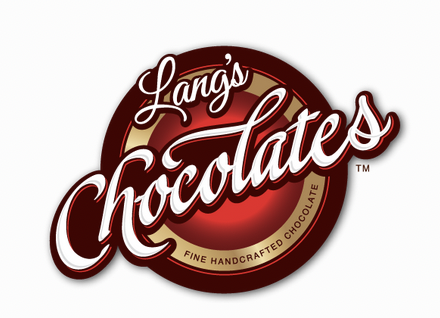
Langs Chocolates – certified by Kuf K is available online
Lang’s Chocolate Shop, located in downtown Historical Williamsport, PA, is a family-owned business owned by Master Chocolatier William Lang, produces small-batch hand-crafted chocolates. They use 73% cocoa premium Belgian dark chocolate which is dairy free, certified Kosher Dairy by the Kuf K.
Trendz, their signature handmade chocolate bar, is a healthier choice without compromise. The Trendz bar is sugar, gluten, and dairy free, with 90 calories in a 1-ounce serving. Trendz contains a few simple ingredients – chocolate liquor, allulose, and cocoa butter. Allulose is Lang’s key differentiator, it lowers the calorie count without sacrificing taste or quality.
Allulose, a natural sweetener that has the consistency and characteristics of sugar, is found in foods like figs, raisins, and jack fruit. Allulose provides 70% of the sweetness of sugar. It contains one calorie per teaspoon (compares with 16 in sugar) and has zero net carbs, making it diabetic-friendly. Allulose provides sweetness with carbs that your body cannot absorb, so it should not affect your blood sugar levels.
Lang’s Chocolates also produces Keystone Pantry Allulose, and Sugar-free Chocolate Chips sweetened with Allulose both available for purchase online. We tested allulose as a sugar replacement when baking bread, and found no change in browning or rising when used in a bread machine, and it tasted great, as were the Chocolate Chips!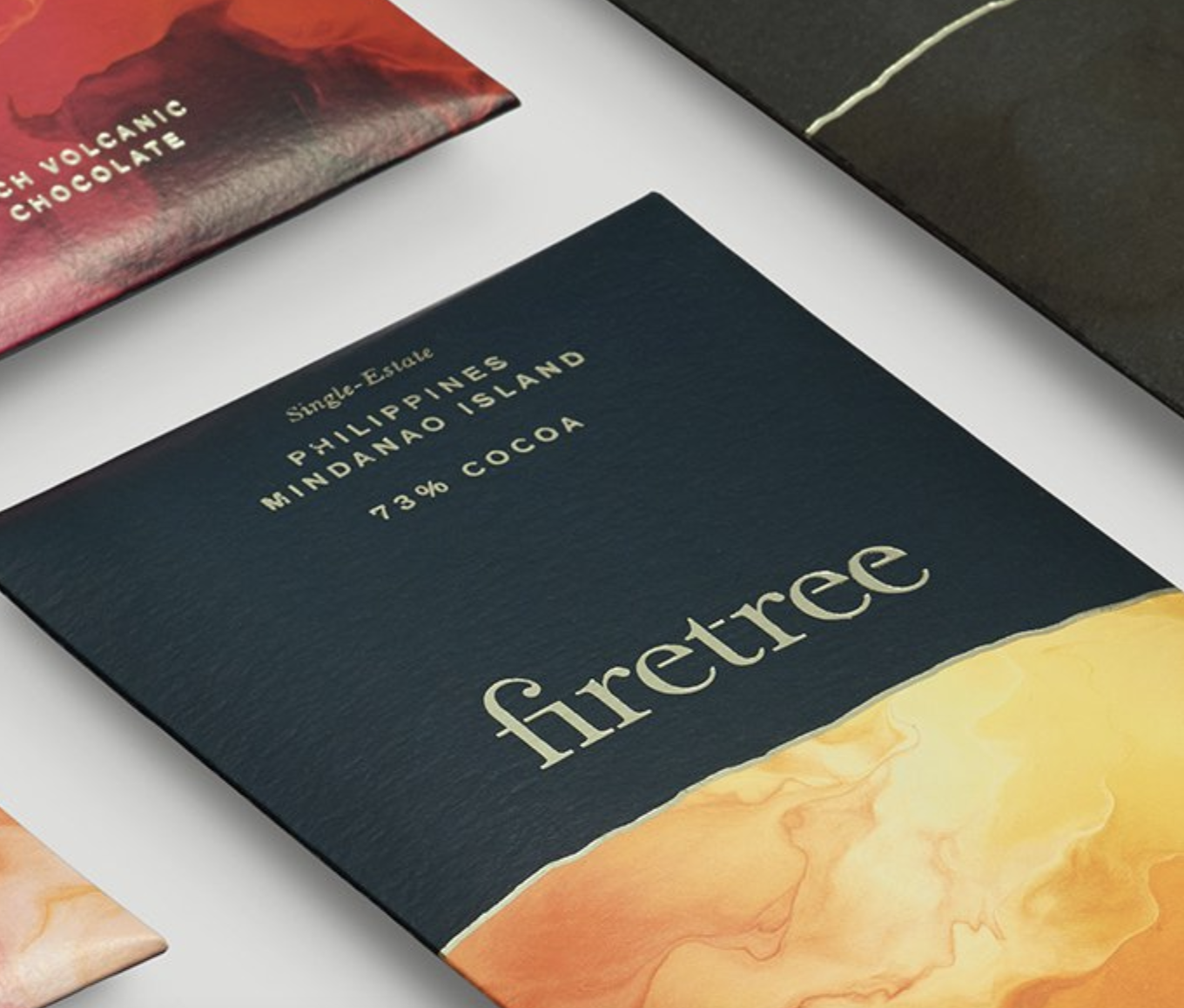
Firetree – certified by KLBD is available in the US at Chelsea Market Baskets or online at Barandcocoa
The secret of great chocolate is the cocoa source, which is the Firetree difference. Their cocoa comes from remote islands of the southern Pacific and Oceania part of what is known as “the ring of fire” a circle of 452 volcanoes. The fire tree, a cocoa tree, with flame-hued pods lives in the rich porous volcanic soil found on South Sea islands, and in Madagascar.
The beans of the fire tree have a depth and complexity of flavor, enhanced by their slow roasting process which removes the bitterness. Firetree is the most exotic parve dark chocolate we sampled, with cocoa content ranging from 69% to 100% cocoa.
The cocoa is sustainably grown, ripened, and harvested by local farmers. They use a fermentation process that is more art than science. Local farmers apply years of experience and a sense of touch. Then the beans are sun-dried before they are sent to the factory to be roasted, ground, and conched.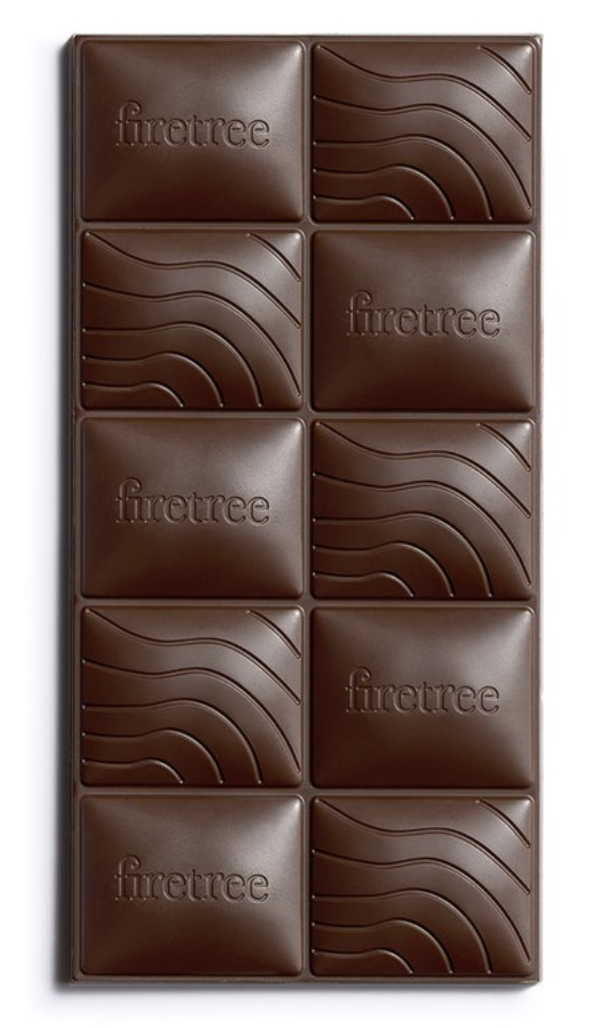
Firetree chocolates provide parallels in the palate and lingering tastes to winemakers. The beans from each estate bring their own unique flavor profiles, contributing subtle overtones. This is chocolate made to be savored. Breathe in the aroma. Snap off a piece of chocolate and let it melt on your tongue. Each chocolate bar lists the underlying taste notes. It does not take long to pick out the subtle differences. Vanuatu, Malekula Island 72% cocoa is from a single estate that offers cherry, soft lemon, and white grape tastes. While Solomon Islands Guadalcanal 69% cocoa presents with red fruit, plum, and citrus notes. Each flavor is released slowly, and the overall flavor impression is different than the typical chocolate, but then Firetree is anything but typical.
Firetree is the pinnacle of high-quality chocolate, from its clean shine to the ‘snap’ it makes when you break it, and the residual notes of flavor released as it melts slowly in your mouth. Until trying Firetree the idea of eating 100% cocoa was unthinkable. We learned to appreciate the rich dark deep cocoa mixed with overtones of dates leaving a pleasant aftertaste. It might be best to redefine Firestone as a refined, end-of-meal palate cleanser, provocative hints of flavors, bold, but well-balanced, the last morsel after an opulent feast when you really can’t eat another bite.

